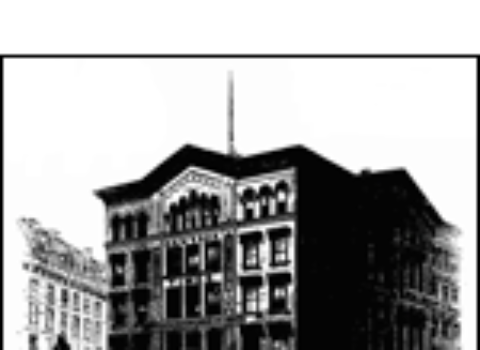A few weeks back Roll Call had a story (not available online) reporting that Congressman Pete Hoekstra of Michigan, the top Republican on the House Intelligence Committee, had recently reported an interesting stock market transaction on his personal financial disclosure form. In 2006, the newspaper said, Hoekstra:
had purchased stock in Interoil Company in a transaction valued from $1,001 to $15,000. He also reported that seven months later, he sold Interoil stock in a transaction valued in the same range. Historical stock tables indicate that the value of Interoil stock jumped almost $10 per share during that time period, and Hoekstra’s purchase and sale appear to have netted a profit somewhere from $675 to $9,875. That profit should be, but is not, listed on Hoekstra’s income tables. Hoekstra’s office did not return calls seeking an explanation for the omission.
This is extremely interesting for a number of reasons, some which were not explored in the Roll Call story. For example, as I recently wrote here, Interoil itself is a small, murky firm that once:
bought an Alaskan oil refinery from Chevron and shipped it 6,000 miles away to Papua New Guinea. Back in 1997, a subsidiary of Enron bought a big stake in InterOil, and two years later the firm got an $85 million loan from the Overseas Private Investment Corporation (OPIC)–a fraction of the $2.2 billion that Enron and Enron-linked firms sucked out of OPIC in loans and insurance.
One of InterOil’s investors and directors is Gaylen Byker, the president of Calvin College in Grand Rapids, Michigan. In 2005, President Bush delivered their commencement speech. Byker is also a generous donor to G.O.P. candidates and causes. Including Congressman Hoekstra, to whom he gave two small contributions ($250 each), in September of 2006 and November of 2007.
Now let’s take a closer look at Hoekstra’s profitable trading in Interoil stock. The company began trading in the U.S. in the fall of 2004. Hoeckstra bought his (undisclosed number of) shares on April 17, 2006. The share price closed that day at $14.01, not far above its lowest ever close of $13.12 in late March of that year.
Hoekstra didn’t hold onto his shares for long, selling his position on November 13, 2006. The closing share price that day was $24.25, up an astonishing 75 percent from the closing price when Hoekstra purchased his stake seven months earlier. Indeed, on the very day that the congressman sold his shares, Interoil’s stock price climbed by more than $4 a share.
What caused the price spike that was so beneficial to Hoekstra and other investors? This was the very day that Interoil announced the type of news that investors crave: discovery near its refinery of “a vast pool of natural gas potentially larger than the United States’ total residential consumption of the fossil fuel in 2005. The size of the discovery was so large, Phil E. Mulacek, InterOil’s chairman and chief executive, informed an analyst, that simply controlling its output ‘was sort of like trying to stop the Mississippi’.”
It was that “discovery” that sent Interoil shares soaring and helped Hoekstra turn such a nice profit. However, to this day Interoil has never proven that there are actually any reserves at the site (in fact, Interoil acknowledges in its corporate filings that it has no proven energy reserves, anywhere.) Interoil stock prices continued to climb after Hoekstra sold, but the company has been operating in the red and its share price has come crashing back to earth. The closing price yesterday was $18.45.
It would be interesting to know how Hoekstra–who made just 13 stock trades in all of 2006–picked InterOil to invest in, and how, given his busy congressional schedule, he sold on such an auspicious day.
I’ve called Hoekstra’s office for comment. If I hear back, I’ll update this story.





